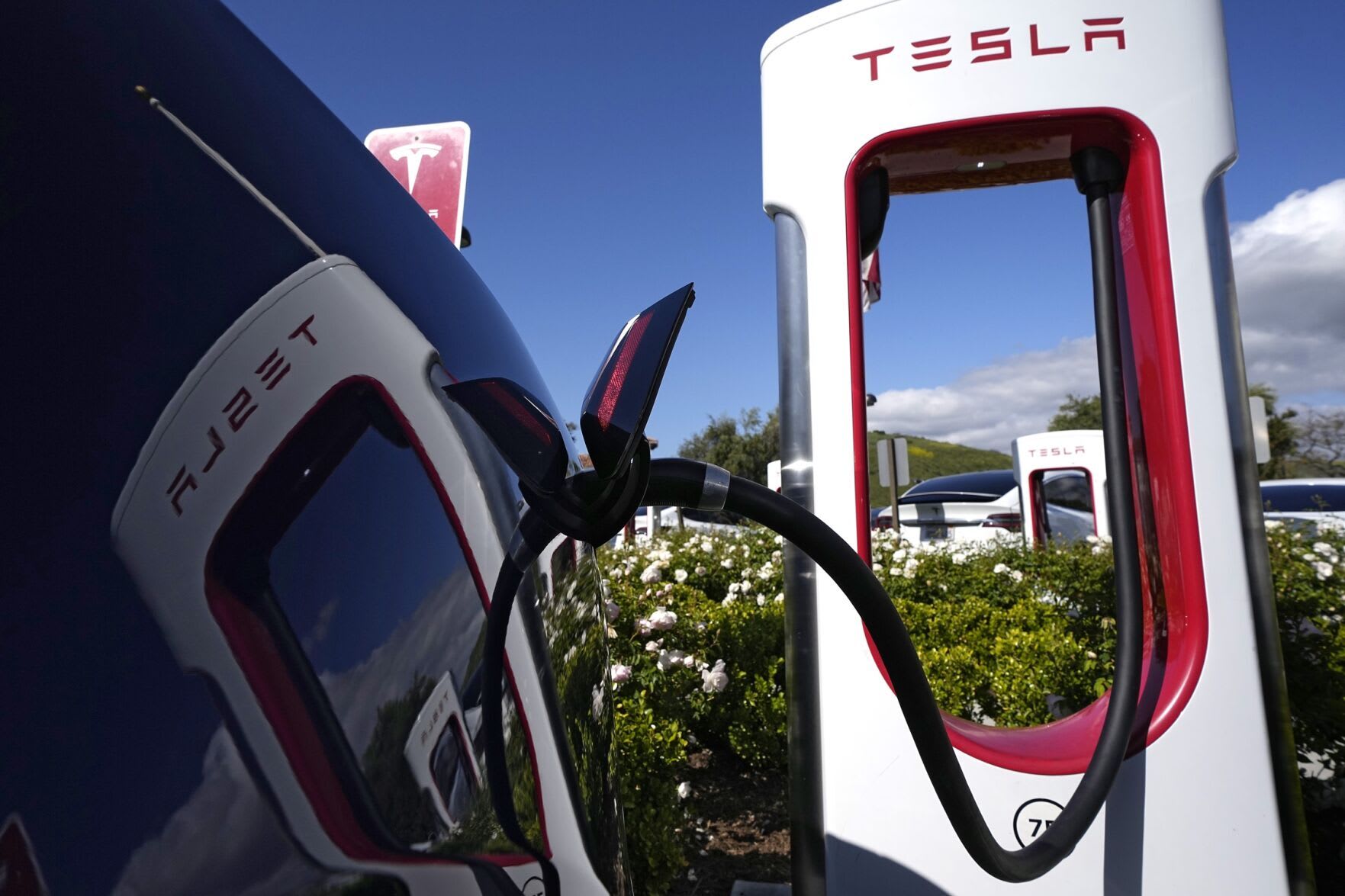Tesla's Global Price Cuts: A Strategic Move to Revitalize Sales and Counter Competition
In a bold move to reinvigorate demand and fend off intensifying competition, Tesla has implemented worldwide price cuts on its electric vehicle (EV) lineup. This unprecedented step has sparked industry-wide speculation and analysis, as experts attempt to decode the overarching strategy behind Tesla's latest maneuver.

Market Dynamics and Tesla's Response
Tesla's price cuts come amidst a rapidly evolving EV market landscape. Legacy automakers have accelerated their electrification efforts, while startups and established foreign rivals are making significant inroads. The resulting competitive pressure has put a strain on Tesla's market dominance.

Tesla's share price has also suffered in recent months, partly due to concerns over demand for its high-priced vehicles. The company's decision to lower prices is widely seen as an attempt to stimulate sales, particularly in regions where demand has slowed, such as China.
Global Price Reductions: A Regional Analysis
The price cuts announced by Tesla vary across different markets:
* United States:

* Model 3: Reduced by $3,000 to $43,990.
* Model Y: Reduced by $4,500 to $52,990.
* Europe:
* Model 3: Reduced by €3,000 to €44,990.
* Model Y: Reduced by €4,000 to €49,990.
* China:
* Model 3: Reduced by 10%, now starting at 229,900 yuan.
* Model Y: Reduced by 9%, now starting at 261,900 yuan.
Impact on Demand and Competition
The price cuts are expected to significantly boost demand for Tesla vehicles, particularly in regions where affordability has been a barrier. The reduced prices make Tesla's EVs more accessible to a wider range of consumers, potentially leading to increased market share.
However, the price cuts also pose a threat to Tesla's margins, especially in markets where the company previously enjoyed strong pricing power. Lower prices could pressure gross profit margins and reduce Tesla's profitability.
Tesla's price cuts have sent ripples through the automotive industry. Legacy automakers and startups alike are likely to respond with their own price adjustments or increased incentives to maintain market share. The resulting competition could intensify the price war in the EV market.
Tesla's Long-Term Strategy
Tesla's price cuts appear to be a multifaceted strategy with several potential outcomes:
* Stimulating Demand: Lower prices aim to boost sales and increase market penetration, particularly in new and emerging markets.
* Countering Competition: The price cuts make Tesla's EVs more competitive against other offerings, especially from legacy automakers and startups.
* Driving Volume: Higher sales volumes can offset the impact of lower margins, potentially leading to increased overall revenue.
* Market Share Domination: By aggressively cutting prices, Tesla aims to consolidate its market position and prevent potential challengers from gaining ground.
* Manufacturing Efficiency: Tesla's price cuts may incentivize customers to choose higher-margin configurations, such as those with enhanced interiors or advanced features.
Financial Implications and Investor Concerns
Tesla's price cuts have raised concerns among investors about the company's profitability. The lower prices could erode gross profit margins and put pressure on earnings. Additionally, the price cuts could trigger a wave of price reductions from competitors, further intensifying margin pressure.
However, Tesla has taken steps to mitigate these concerns. The company has significantly reduced manufacturing costs in recent years, which provides a buffer against margin erosion. Additionally, Tesla's strong brand recognition and loyal customer base may allow it to maintain some degree of pricing power.
Tesla's worldwide price cuts represent a bold and strategic move in response to evolving market dynamics and intensifying competition. The price reductions aim to stimulate demand, counter competition, and reinforce Tesla's market dominance. While the price cuts may have implications for profitability, they also demonstrate Tesla's commitment to driving volume and maintaining its leadership position in the EV industry. The automotive industry now awaits the response of legacy automakers and startups, as they navigate the increasingly competitive landscape for electric vehicles.
